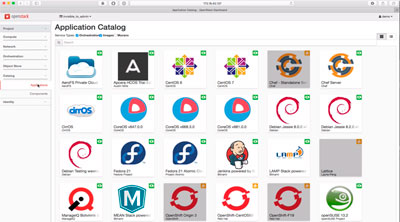This new release features numerous advancements that focus on improving day-to-day ease of use for cloud deployers and administrators. For example, Nova compute service and Keystone identity service configuration processes have been simplified.
Another example of the improvements incorporated is found in Neutron, which now features Distributed Virtual Router (DVR) support and OpenStack clouds are more easy scalable thanks to Heat’s convergence engine, which can now handle larger loads and more complex actions for horizontal scaling.
The OpenStack ecosystem will begin rolling out products and services based on OpenStack Mitaka in the coming weeks and months. To learn all details, have a look at tge official site







0 Comments